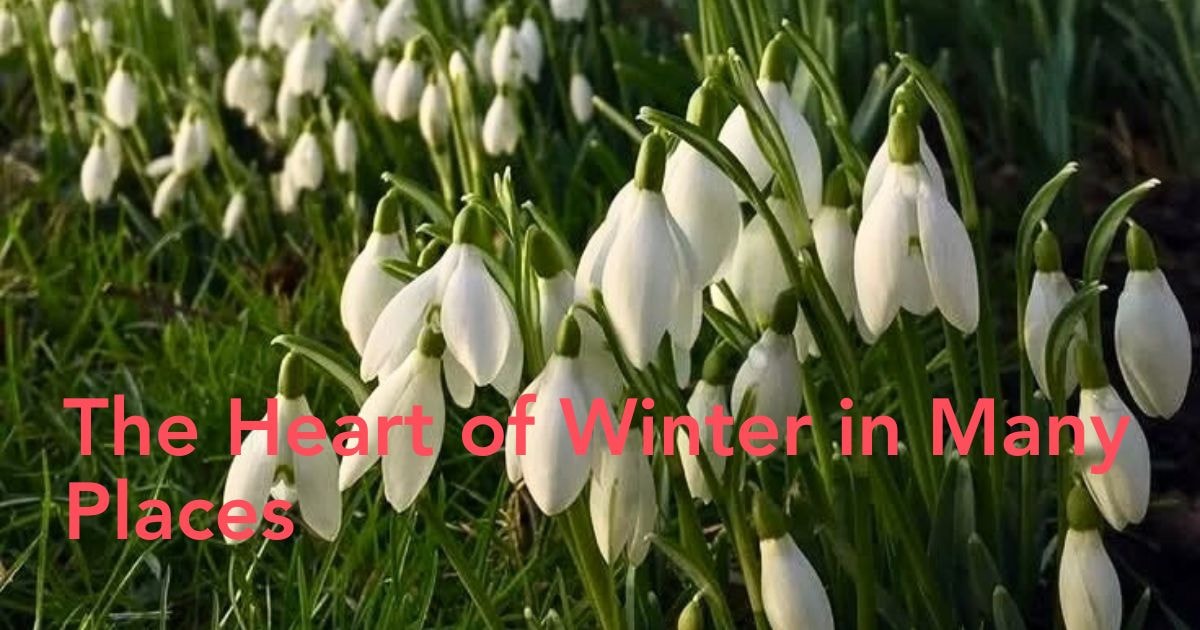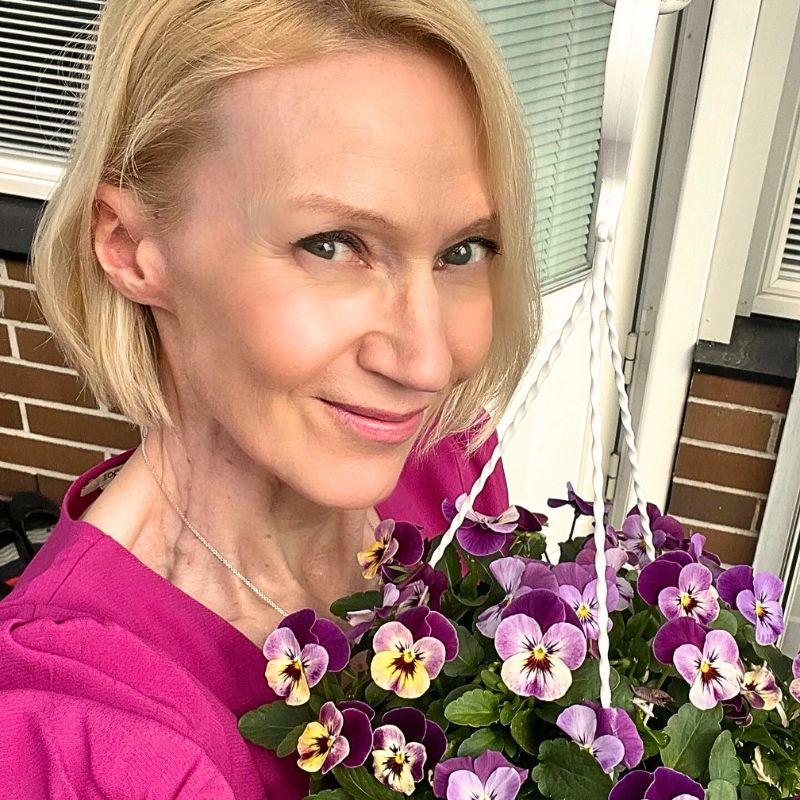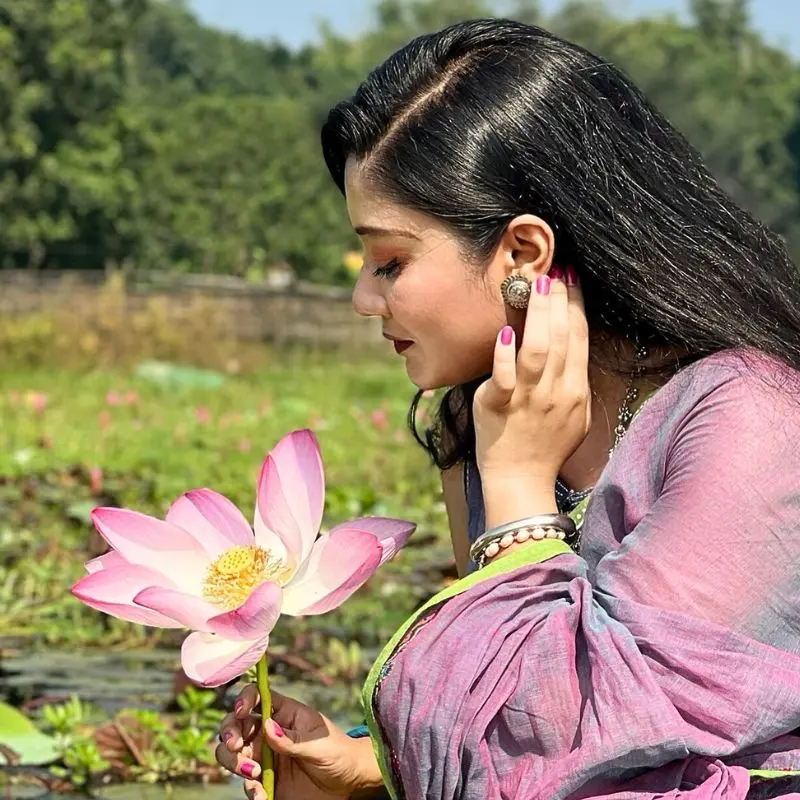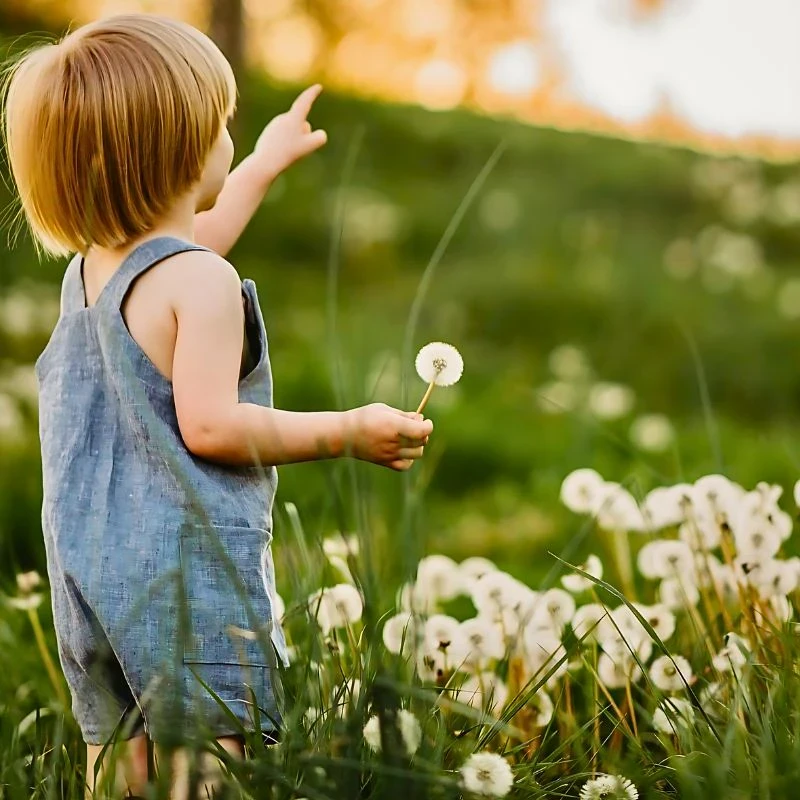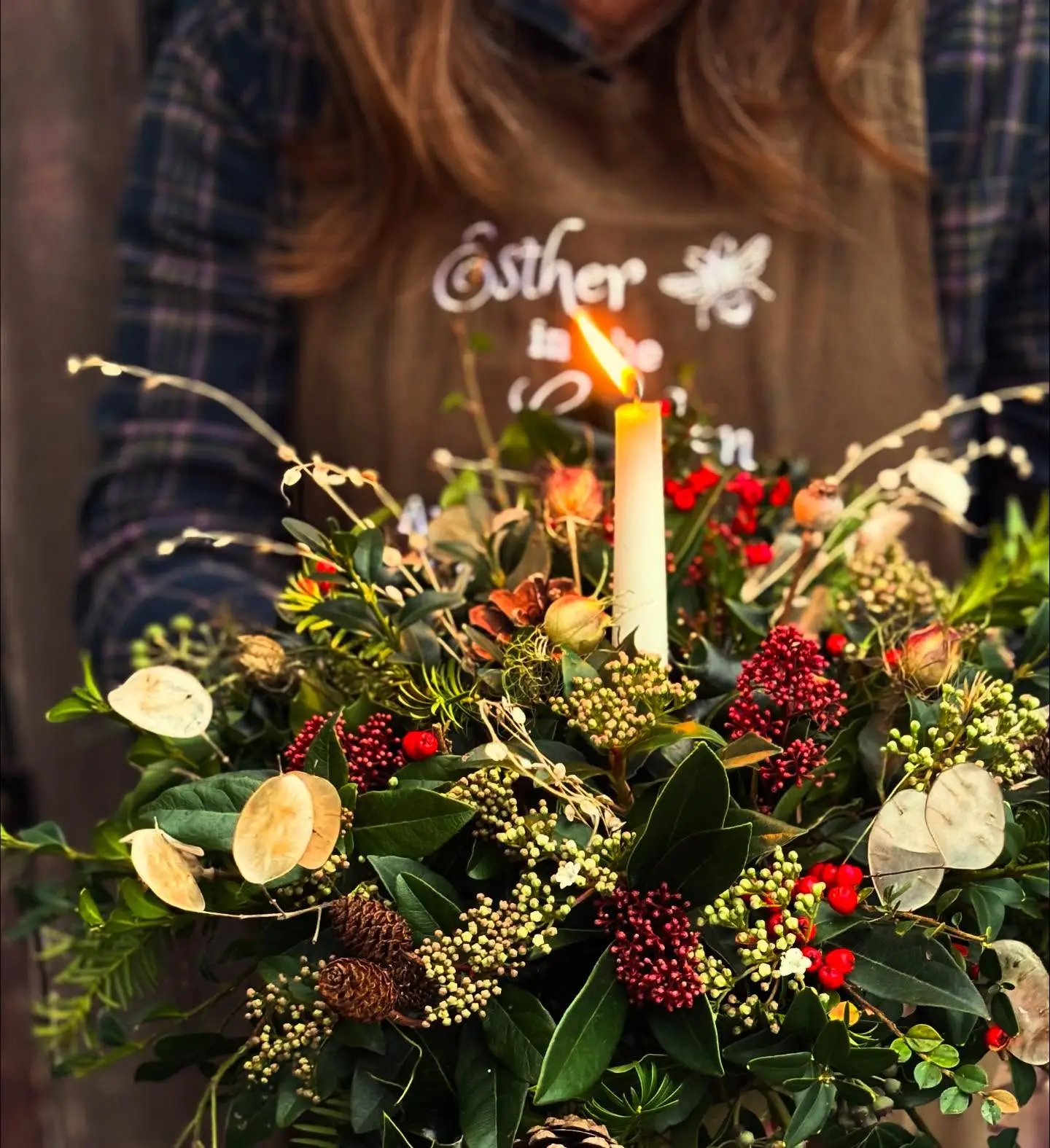January often marks a reset: new routines, new plans, and a quieter pace after the holidays. It is also the heart of winter in many places, when gardens look dormant, and color is limited. January's birth flowers – snowdrop and carnation fit the season well. One arrives when cold still dominates, the other brings long-lasting color when you want something brighter on the table or in a bouquet.
Snowdrops are associated with hope and simplicity, appearing when the ground is still frozen. Carnations carry a different register: affection, admiration, and messages that change by color. Together, they create a January pairing that is balanced, reserved, and expressive.
The Floral Ambassador of January – Snowdrop and Carnation
January's birth flowers, snowdrop (Galanthus nivalis) and carnation (Dianthus caryophyllus), show how two flowers can represent one month without repeating the same idea.
Snowdrops are among the earliest seasonal flowers to appear, often pushing through frost-softened soil and lingering snow. Their small, bell-like form and green markings make them easy to recognize, even from a distance.
Carnations are more familiar in everyday floristry: ruffled petals, a clove-like scent, and a long vase life. They come in many colors, so their meaning can be tuned to the message - romantic, grateful, formal, or friendly.

The Legacy of Snowdrop and Carnation – A Journey Through Time
Both these flowers have long histories in symbolism and visual culture. Snowdrops appear frequently in European folklore and seasonal writing, often tied to the idea that winter does not last forever. Their timing – arriving when little else is present - helps explain why they became a sign of return and relief.
Carnations have been used in ceremonial contexts for centuries. They show up in classical references, in Christian symbolism, and later in European painting and decorative arts. Over time, carnations also entered modern cultural traditions – celebrations, remembrance, and public events, because they are available and visually clear in arrangements.

January Birth Month Flower #1: The Enchanting Snowdrop
The snowdrop, Galanthus nivalis, is known for its nodding white blossoms and early appearance. It belongs to the Amaryllidaceae family, and the genus includes about 20 species. The name Galanthus comes from Greek roots meaning 'milk flower', a reference to its color.
Snowdrops are native across parts of Europe and western Asia and are commonly found in woodland edges and meadows. They flower from late winter into early spring, depending on the climate. Gardeners value them because they naturalize well and return reliably with minimal intervention.

Snowdrop in Mythology and Lore
Snowdrops appear in multiple cultural traditions, often connected to renewal. Some stories place them in mythic transitions - darkness into light, winter into spring. Christian folklore sometimes links the flower to themes of consolation and hope.
In Victorian England, however, meanings could be contradictory. Snowdrops were sometimes treated as a bad omen indoors, while in flower language, they could also carry messages of sympathy and comfort. That split is a useful reminder: symbolism is rarely universal.
Symbolism of Snowdrop’s Color and Form
Snowdrops are most strongly associated with purity, humility, and hope. Their drooping shape is often read as a sign of modesty, and the white petals reinforce the 'clean start' theme that many people associate with January.

Interesting, Unknown, and Fascinating Facts About Snowdrops
- Snowdrops can tolerate freezing conditions and still flower in cold weather.
- Snowdrops contain galantamine, an alkaloid used in treatments for Alzheimer’s disease.
- They can appear as early as January in milder climates.
- They provide one of the earliest seasonal pollen sources for bees.
- Scotland hosts well-known snowdrop events and garden trails dedicated to the plant.
- “Golden” varieties exist, noted for yellow markings.
- Snowdrops spread by seed and by bulb division.
- Some species are threatened by habitat loss; collection is restricted in certain regions.
- Dedicated collectors (“galanthophiles”) seek rare cultivars.
- Galanthus nivalis was formally described by Carl Linnaeus in 1753.
January Birth Month Flower #2: The Versatile Carnation
Carnation (Dianthus caryophyllus) is January's second birth flower and one of the most widely used flowers in global floristry. Native to the Mediterranean region, it is valued for fragrance, petal structure, and durability. Carnations last well in a vase, travel well, and work in many arrangement styles - from formal to casual.
Color is central to carnation meaning. Reds often signal deep love, pinks are associated with gratitude and maternal affection, and whites frequently convey sincerity or good fortune. That flexibility is why carnations appear in celebrations, ceremonies, and everyday gifting.

Carnation’s Place in History and Art
Carnations have been a significant floral symbol throughout history and art. In Greek and Roman mythology, they have been linked to ceremonial crowns and also in art and decor, symbolizing divine love and fascination.
In Christian art, carnations symbolized the Virgin Mary's tears, earning the title ‘Flower of God’. Renaissance artists often depicted the Virgin Mary with carnations, symbolizing maternal love.

In more modern times, carnations have been used in political and social movements, such as the French Revolution, and Mother’s Day celebrations, symbolizing different values, from love to protest.
Decoding Carnation’s Colorful Palette
Each color of the carnation carries a distinct message:
- Red carnations signify deep love and affection.
- White carnations represent pure love and good luck.
- Pink carnations are often associated with gratitude and motherly love.
- Yellow carnations symbolize disappointment and rejection.
- Striped carnations convey a message of regret or refusal.
- Green carnations symbolize quiverness and diversity.
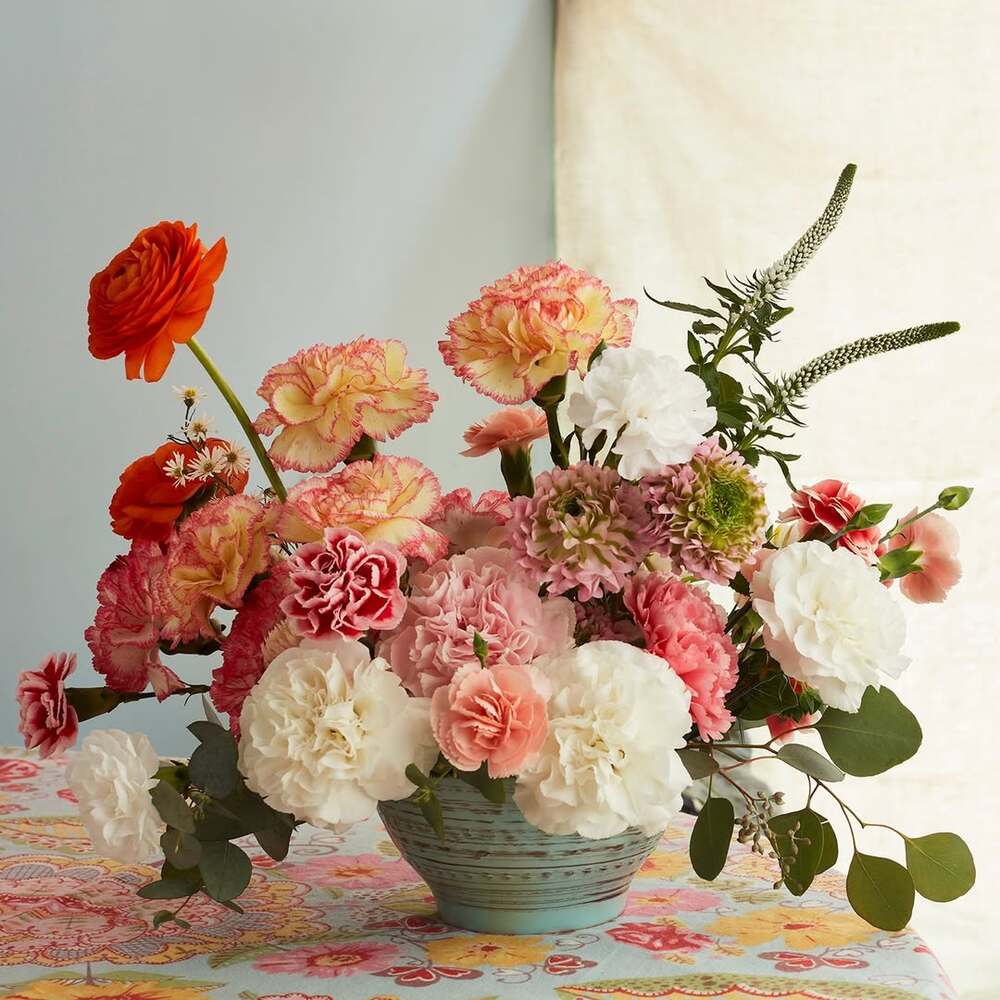
Interesting, Unknown, and Fascinating Facts About Carnations
- Carnations are one of the world’s oldest cultivated flowers.
- The name ‘carnation’ comes from ‘coronation’, or ‘corone’, referring to floral crowns. The scientific name ‘Dianthus’ means ‘flower of the gods’.
- Carnations can last up to two weeks in a vase, making them popular in bouquets.
- This flower is also traditionally considered the first wedding anniversary flower.
- Carnations are edible and have been used in culinary creations.
- The largest carnation bouquet included more than 100,000 flowers.
- The world’s largest carnation was grown in California, measuring over 12 inches in diameter.
- The world’s first blue carnation was genetically engineered in 1998.
- Carnations are the national flowers of Spain and also a personal favorite of William McKinley, the 25th president of the United States.
- In Korea, red and pink carnations are used in fortune-telling rituals.
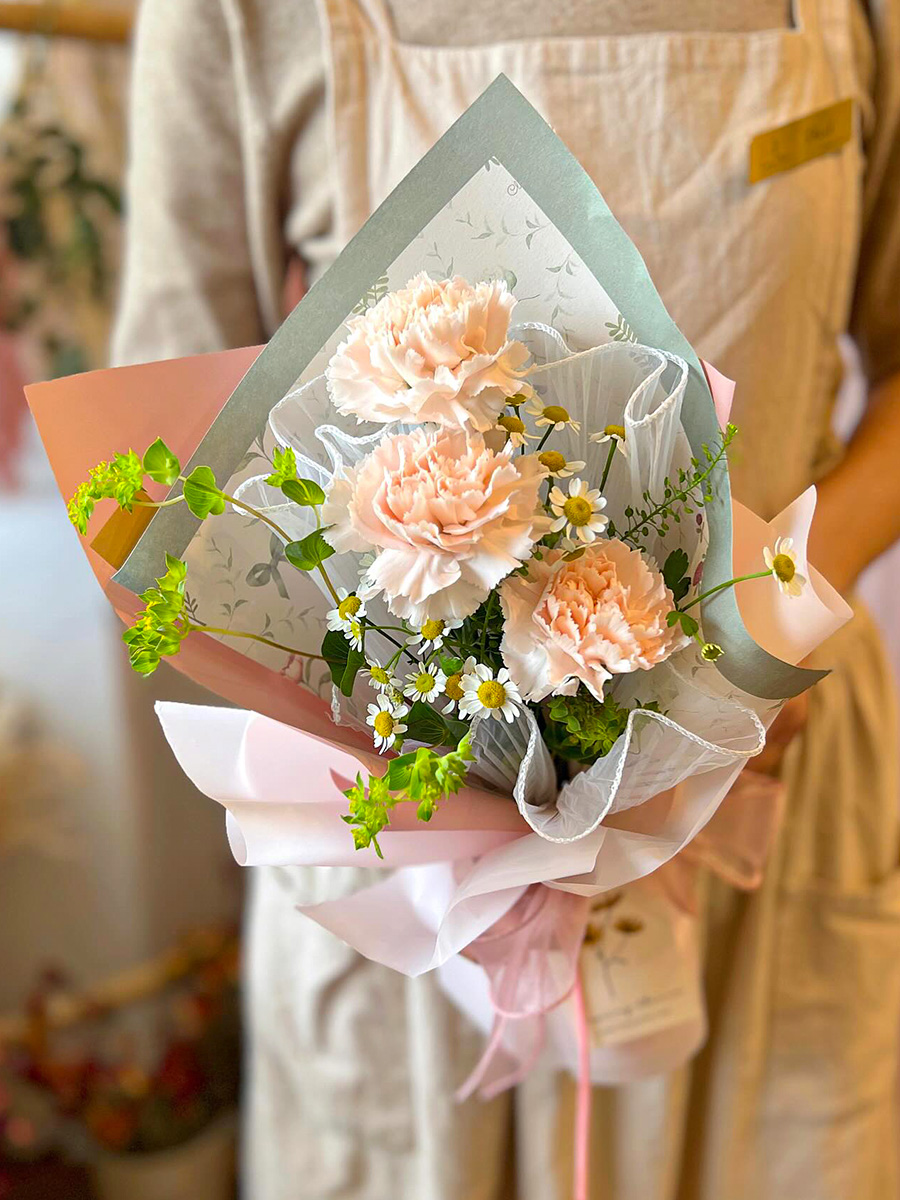
Cultivating January’s Floral Wonders – Snowdrops and Carnations
Gardening enthusiasts and floral aficionados take delight in the unique challenges and rewards of growing January’s birth flowers. Snowdrops and carnations, with their distinct growing needs, offer a rewarding experience for those with a green thumb.
Understanding the specific needs of these plants is key to successfully integrating them into your garden.

Gardening Tips for Snowdrops
Here are some tips and advice on planting and nurturing snowdrops in your garden.
- Planting Time: Plant snowdrop bulbs during late summer to early fall/autumn.
- Soil Requirements: Well-drained soil rich in organic matter is considered ideal for their growth.
- Sunlight: This plant favors partial shade for its growth, best suited under deciduous trees.
- Watering: Soil needs to be kept moist but not waterlogged during flowering.
- Spacing: Plant bulbs at least 3 inches apart and at a depth of up to 2 to 3 inches.
- Climate: Snowdrops thrive in cool temperatures and can tolerate winter chill.
- Aftercare: The maintenance of this plant is minimal; they naturalize over time, so allow the leaves to die naturally to feed the bulbs for the next year.
Cultivating Carnations
Here’s a step-by-step guide to growing vibrant and healthy carnations.
- Planting Time: Plant carnation seeds indoors 6-8 weeks before the last frost or directly in the garden in spring.
- Soil Needs: Loamy, well-drained soil with a neutral to alkaline pH is preferred.
- Sunlight Exposure: Full sunlight with partial shade encourages growth for carnations.
- Watering Regimen: Consistent moisture helps the plant, but avoid over-watering to avoid root rot.
- Feeding and Fertilizing: Use a balanced fertilizer monthly during the growing season.
- Pinching and Pruning: Pinch back the central stem to encourage bushier growth and deadhead regularly to encourage more blooms.
- Climate: Protect them from extreme cold, and in regions with harsh winters, consider planting in pots for indoor enjoyment.
- Pest Control: Monitor the plant for common pests like aphids and address this issue promptly.
The Artistic Expression of the January Birth Month Flower
January’s birth flowers, snowdrops and carnations, have inspired artists and creative minds throughout history. These flowers have been a subject of fascination in various art forms, from classical paintings to modern digital art.
Famous painters like Claude Monet have been captivated by their beauty, integrating them into numerous landscape paintings.
Georgia O’Keeffe has depicted snowdrops for their ethereal beauty, while artists like Botticelli, Diego Rivera, and Renoir have incorporated carnations in their work to convey deep emotional meanings.
In contemporary culture, these flowers appear in graphic designs, fashion, and even in cinematic art, symbolizing themes of purity, love, and resilience.

Personalization and Meaning Behind January Birth Month Flower Tattoos
Snowdrops and carnations have found a significant place in the world of body art due to their deep symbolism. Individuals often choose these flowers for tattoos to represent their birth month, or the qualities that these flowers embody - purity, love, and the start of new beginnings, echoing the flowers’ traditional symbolism.
These tattoos serve as a personal emblem, reflecting the wearer’s identity and values, sometimes commemorating significant life events or relationships.

Integrating January Birth Month Flowers in Everyday Life
January birth flowers, snowdrops, and carnations, with their unique beauty, can be seamlessly integrated into everyday settings, adding a touch of nature, charm, and color to both homes and professional settings.
Decorative and Everyday Household Uses
Here are some innovative ideas for incorporating Snowdrops and carnations in home decor:
- Table Centerpieces: Arrange snowdrop clusters or carnation bouquets for a fresh table display. You can also use fresh or dried carnations to create vibrant table centerpieces.
- Wall Art: Frame-pressed snowdrop or carnation flowers can be a unique wall decor.
- Indoor Pots: Cultivate these flowers indoors for a touch of winter beauty.
- Bathroom Accents: Float carnation petals in bath water for a luxurious spa experience.
- Bedroom Decor: Place a vase of carnations on bedside tables for a pop of color.
- Balcony Gardening: Grow potted snowdrops or carnations on balconies or window sills.
- Fragrances: Carnations can be used to make natural potpourri, offering a subtle and pleasant scent.
- Dried Flower Decor: Both snowdrops and carnations can be dried and used in wreaths or as part of a dried flower arrangement.
Advantages of Snowdrop and Carnation in Professional Settings
Let’s discuss the various benefits of incorporating January birth month flowers in the workspace, especially considering their significance during the most popular holidays in the flower industry:
- Enhanced Aesthetics: Carnations can add visual appeal to reception areas or meeting rooms.
- Stress Reduction: The presence of snowdrops can create a calming atmosphere, reducing workplace stress.
- Client Impressions: Elegant floral arrangements with carnations can leave a positive impression on clients as well as visitors.
- Event Decor: Use carnations for corporate event decorations to create inviting atmospheres.
These ideas merge practically with aesthetic appeal, enhancing everyday spaces with the beauty and symbolism of January’s birth flowers.
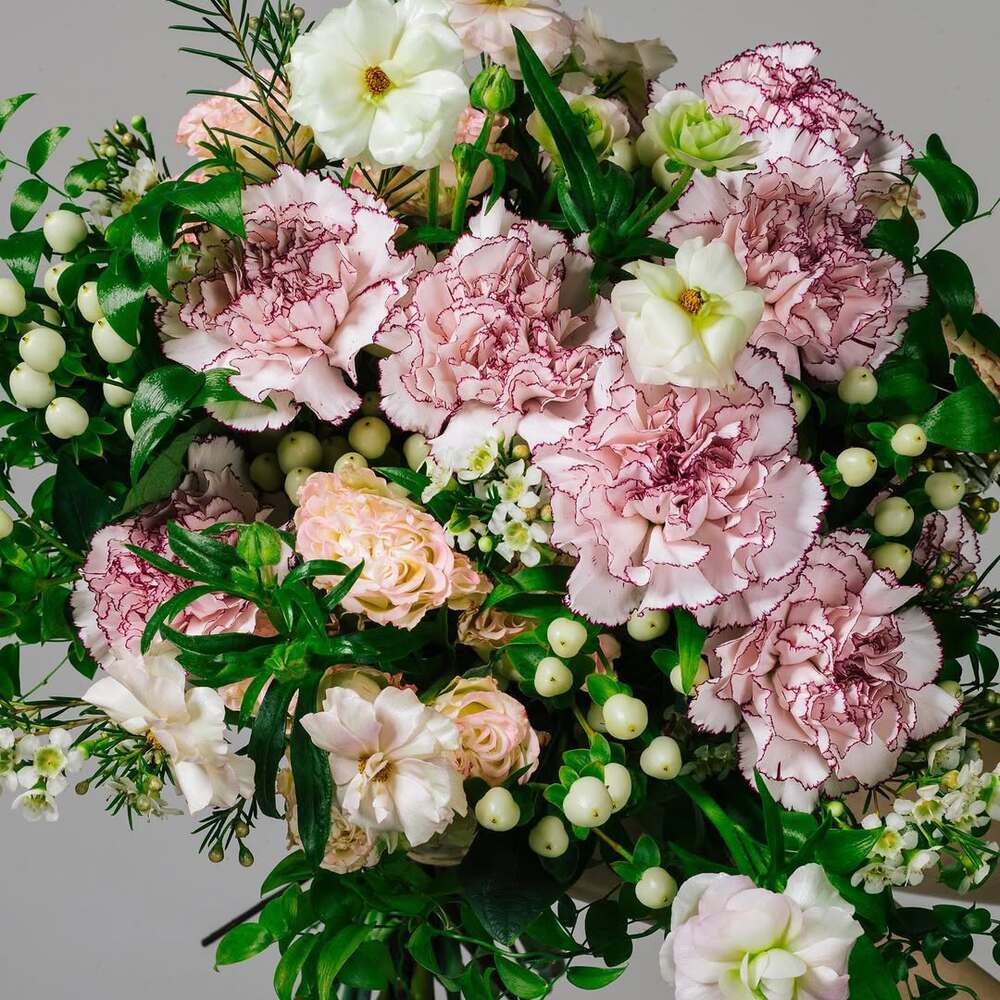
Conclusion: Celebrating January’s Floral Treasures
January birth flowers, the snowdrop and carnation, offer more than mere beauty. These blooms, each with its unique charm and rich history, stand as a symbol of resilience, love, and diversity.
From the snowdrop breaking through the snow to signal winter’s end, to the carnation brightening up the grey days with its vibrant hues, these flowers encapsulate the essence of January.
Their stories, rooted in mythology and cultural history, add depth to their physical allure, making them not just plants but storytellers of nature’s resilience and beauty.
Whether in gardens, art, or personal symbols, the snowdrop and carnation continue to captivate and inspire.

